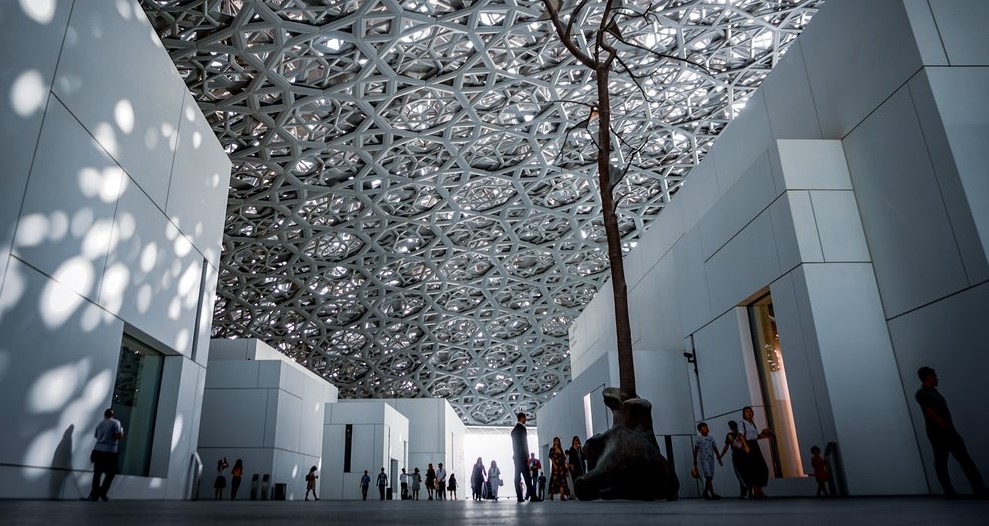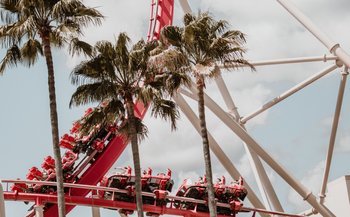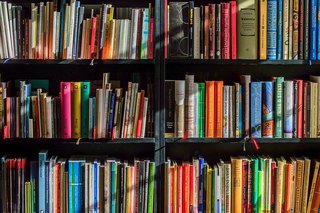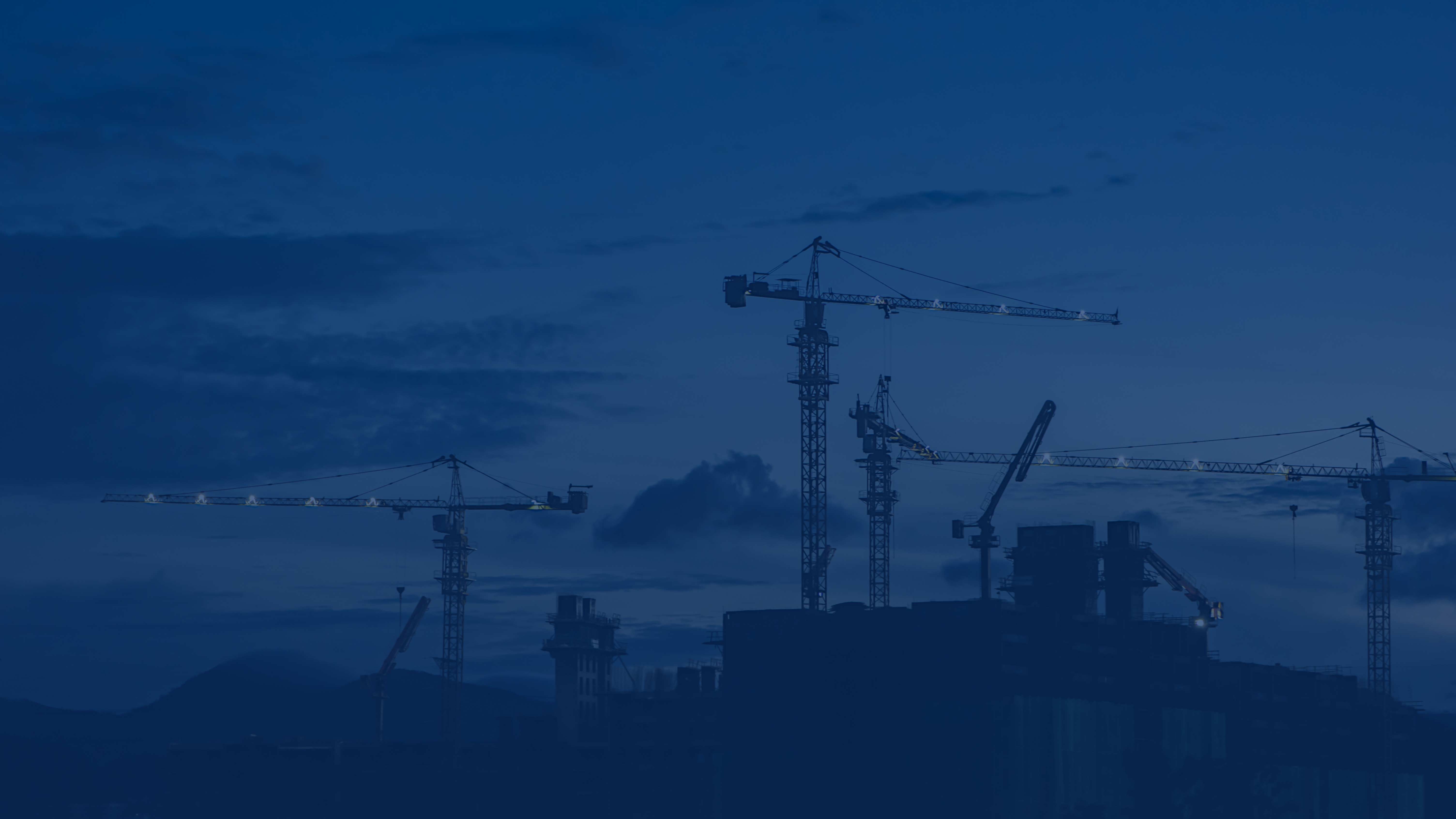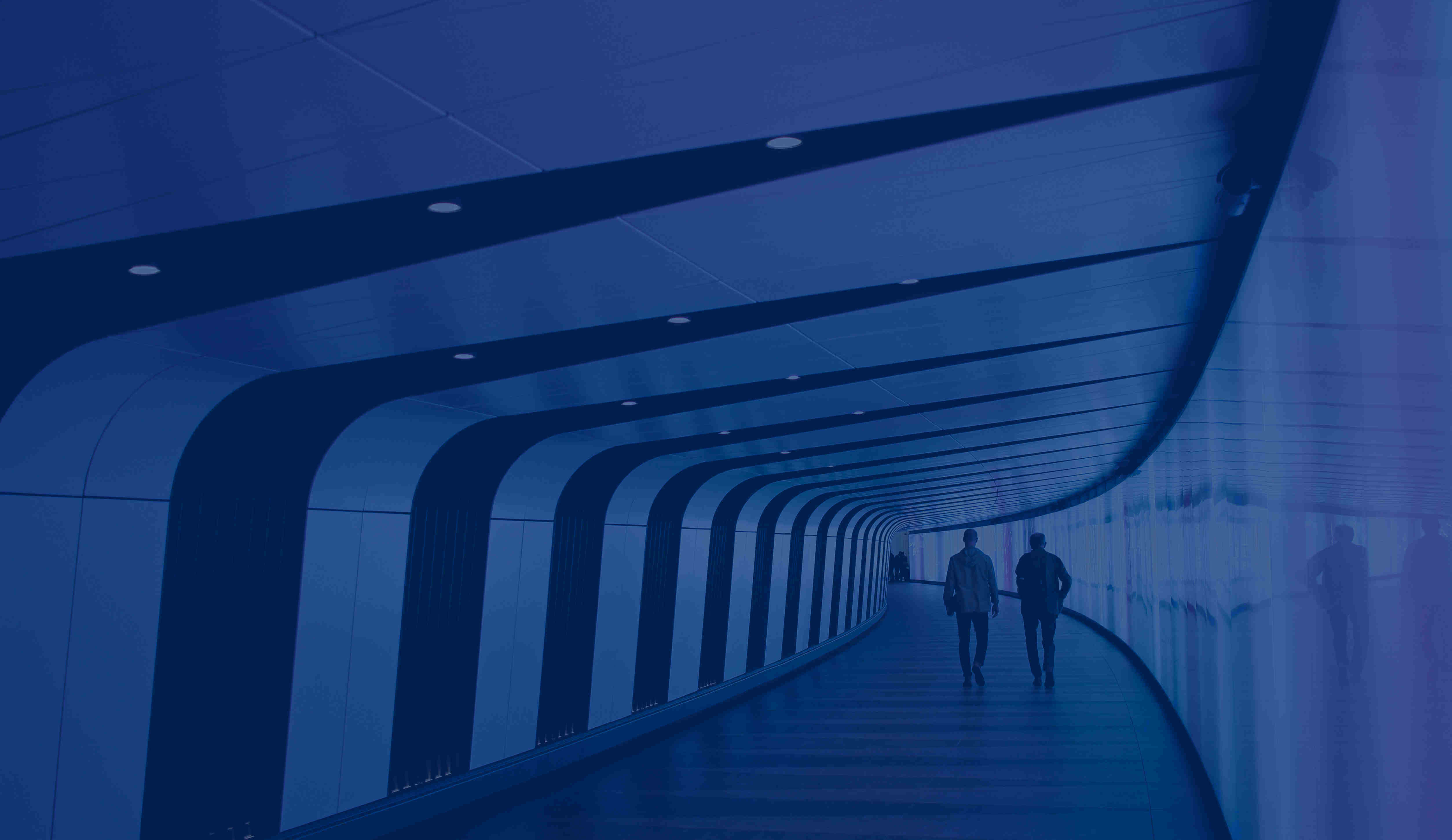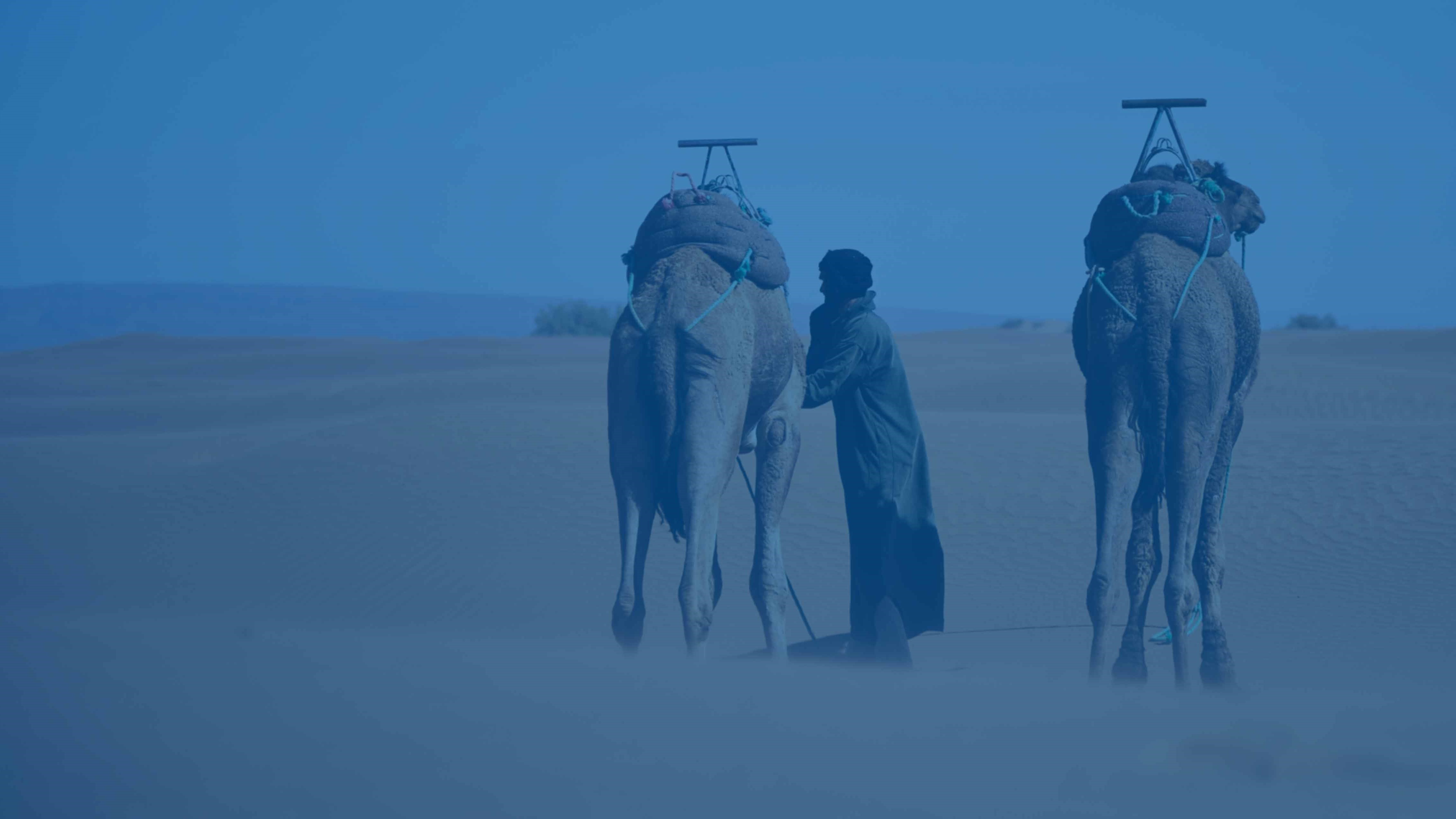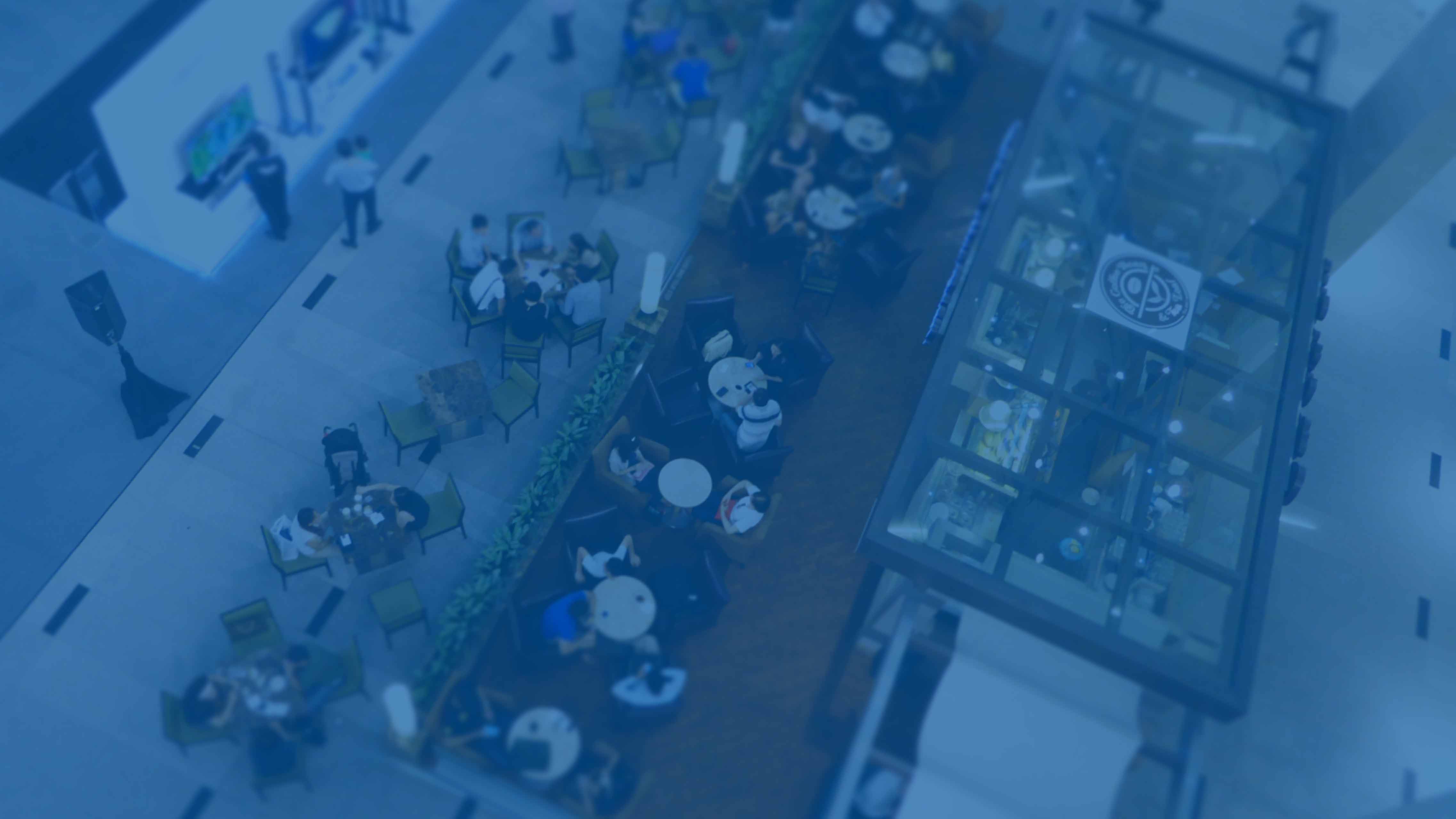Tahseen Consulting's Wes Schwalje Talks with Abu Dhabi Chamber's Business Voice
- UAE’s emerging arts scene is being closely watched by the world and reinforces its position as an innovation hub
- Da Vinci's Salvator Mundi is the Louvre Abu Dhabi's ticket to status as an international, top-tier museum
Tahseen Consulting's COO Wesley Schwalje spoke to Abu Dhabi Chamber's Business Voice about the power of culture in the economy. You can read the full interview here.
What value can a country’s cultural offerings bring to an economy?
Arts and culture can be a key driver of economic growth. The potential for the cultural industries to fuel economic growth and employment are key reasons why several Emirates in the UAE particular focused on cultural offerings.
The approach in the United Arab Emirates has been to look towards economies with more developed cultural sectors to fast track growth.
For example, in the United States, the arts and cultural sector contributes almost $800 billion to the economy and employs 5 million people. Museums alone generated more than $5 billion.
What other keys roles can art play in society (and thus boost its attractiveness and a place to live and work)?
At the community level, the promotion of cultural districts is often accompanied by neighborhood and community rejuvenation. More businesses relocate to these areas, foot traffic is increased to local businesses, the value of housing increases, and more jobs are created. So the infusion of culture and the arts into local communities is a strong contributor to urban development and quality of life in addition to the economy.
The UAE’s emerging arts scene is being closely watched by the world.
The growing community reinforces its position as an innovation hub where the top global talent meets to make the impossible possible.
The Louvre Abu Dhabi is going to unveil Da Vinci’s Salvator Mundi in the autumn, how do prestigious showings like this help to boost the country’s economy/perception?
For every museum, the visitor drawing power of a star attraction cannot be understated. Every great museum has at least one showcase piece. For example, the upcoming Grand Egyptian Museum’s artifacts from pharaonic times, the Louvre’s Mona Lisa, and the Apollo 11 at the National Air and Space Museum of the Smithsonian. The Louvre in Paris is the most visited museum in the world with over 8 million visitors annually. Leonardo Da Vinci’s Mona Lisa is the star attraction.
The positioning of a Da Vinci at the core of a visitor attraction strategy is a tried and tested business model. Abu Dhabi's Salvator Mundi is its Mona Lisa.
The Louvre in Paris generates more than $160 million in ticket revenue alone and is estimated to contribute over $1 billion to the French economy through tourism, hospitality, and other secondary economic impacts.
Must-see artworks like the Salvator Mundi will firmly cement Abu Dhabi’s place as a global arts destination and, similar to the Mona Lisa, is likely to attract millions of visitors. Abu Dhabi’s improving cultural infrastructure combined with its ever more compelling tourism offerings entice visitors to come and explore. When travelers visit, they discover the UAE’s creativity, dynamism, and unique culture which is both a boon for the economy and leverages soft power to change world perceptions.















